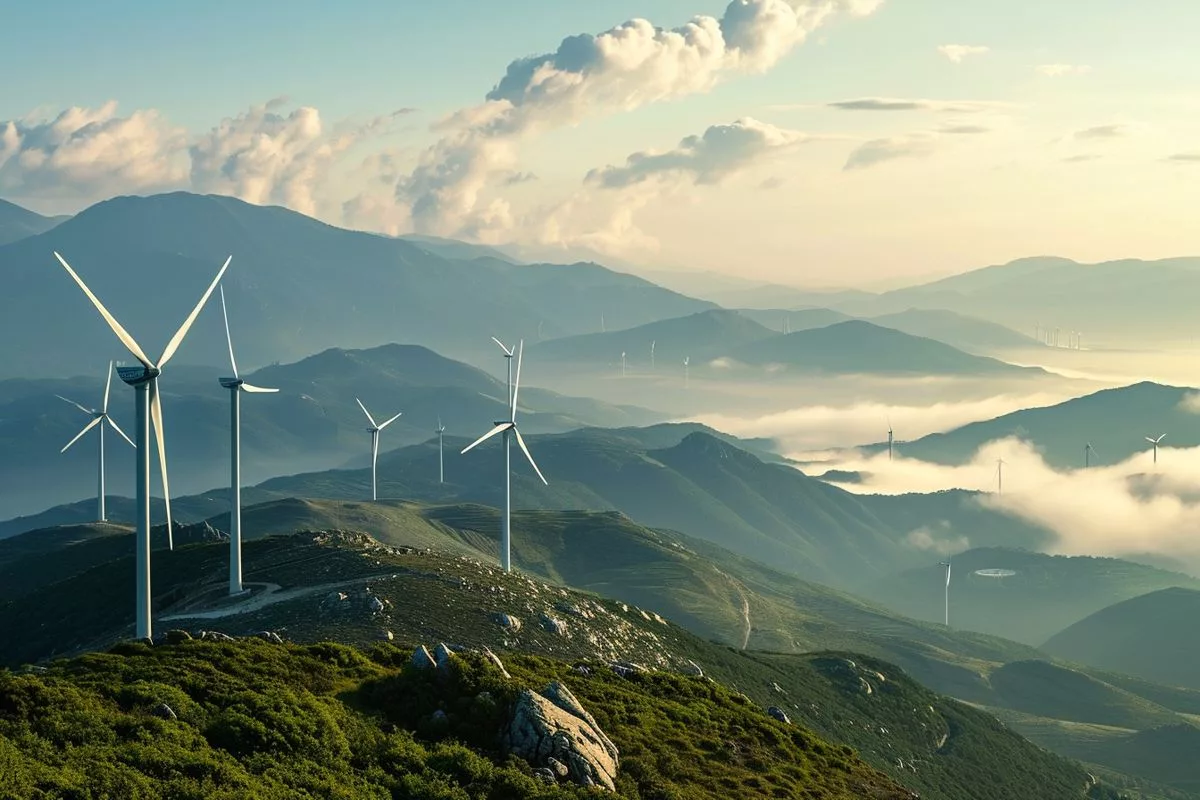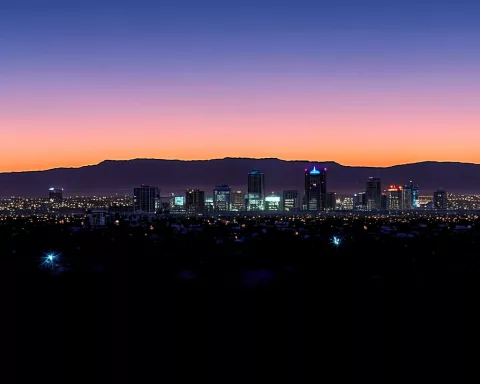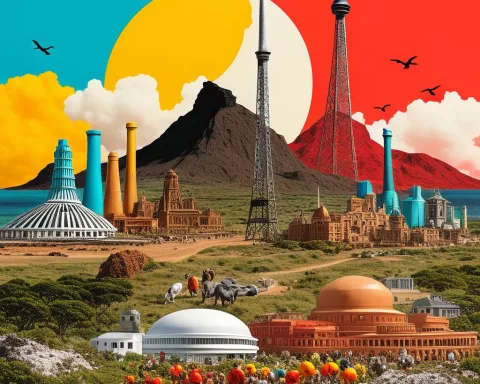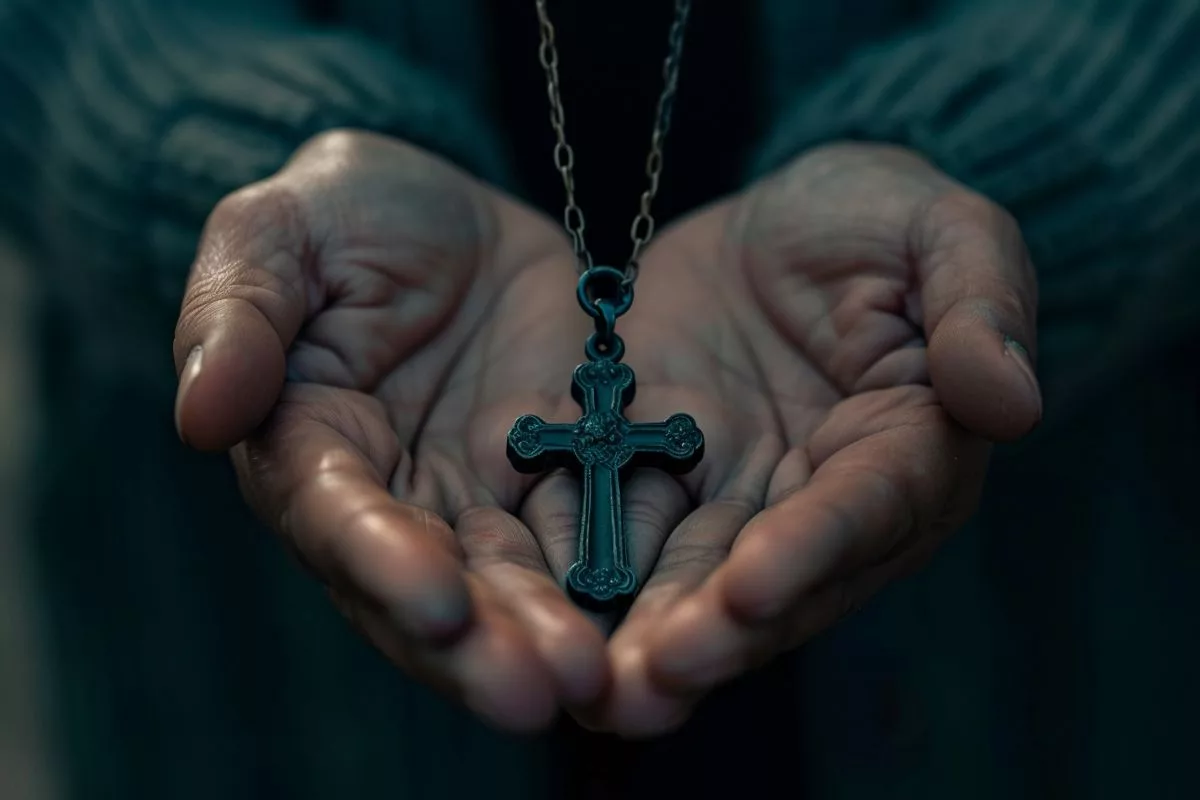South Africa faces an electricity crisis due to frequent power outages from coal power plant failures. The government’s proposed Integrated Resource Plan has been criticized for neglecting affordable renewable energy solutions, such as wind and solar power with increased storage capacity, and promoting gas-intensive scenarios. The Lazard Levelized Costs of Energy report highlights the potential for renewable energy to drastically lower costs, but the government’s plan neglects this. Reconsideration is necessary to align proposals with environmental obligations and economic realities.
South Africa’s proposed Integrated Resource Plan for tackling its electricity crisis has been criticized for neglecting the most affordable alternative: a renewable energy scenario involving photovoltaic technology and increased storage capacity. The plan’s errors in cost predictions, promotion of gas-intensive scenarios, and neglect of wind and solar power have been met with opposition from environmental and civil society groups. The Lazard Levelized Costs of Energy report suggests significant differences in cost projections for various technologies, highlighting the potential of renewable energy sources to lower costs drastically.
In the year 2023, South Africa grappled with an acute electricity catastrophe. The nation’s antiquated coal power plants were experiencing recurrent failures, leading to extensive power outages. This highlighted South Africa’s critical requirement to explore new electricity generation methods and reduce reliance on coal. South Africa’s Energy Minister, Gwede Mantashe, seemed to acknowledge this urgency. As 2024 began, Mantashe unveiled a prospective strategy for South Africa’s electricity future, known as the Integrated Resource Plan.
Hope Falls Short: The Integrated Resource Plan
Despite widespread anticipation, the proposed plan failed to meet expectations. Critics labelled it “inadequate”, highlighting significant errors in cost predictions for future energy scenarios. The plan neglected the most affordable mix of new electricity sources – primarily wind and solar power, supplemented by battery storage. Instead, it mistakenly promoted gas-intensive scenarios as more cost-efficient and suggested building new gas-fired power stations by 2030, a proposal met with substantial opposition.
Environmental and civil society groups contested this suggestion, arguing that it would exacerbate global warming. Furthermore, the gas required for the power stations would need to be imported, leaving South Africa susceptible to unpredictable international gas price changes.
Discrepancies in Cost Projections
The Integrated Resource Plan proposed several potential scenarios for South Africa’s electricity future. However, it neglected the most affordable alternative: a renewable energy scenario involving photovoltaic technology and increased storage capacity. The government’s rationale behind these calculations remains unclear, especially given the discrepancies with the respected Lazard Levelized Costs of Energy report published in April 2023.
The Lazard report, produced by the world’s leading independent investment bank, offers a trusted source for energy cost estimates. Its figures for various technologies, including renewables, coal, gas, and nuclear power, differ significantly from the government’s plan. One striking difference is the projected costs for concentrated solar power, which the Lazard report suggests would be significantly higher than the government’s estimates.
The Potential of Renewable Energy Sources
Adding to the confusion is South Africa’s abundance of sunshine and strong winds. These natural resources could potentially lower the costs of solar and wind power drastically, bringing them closer to the lowest estimates in the Lazard report. Despite these evident benefits, the government plan paradoxically concludes that renewable energy is the most expensive scenario.
The necessity for a robust, clear electricity plan for a country’s energy security is vital. The assumptions underpinning such a model should be transparent, with clear calculations for all to comprehend. However, the South African government’s proposed Integrated Resource Plan falls short of these standards, presenting a puzzling picture.
A Call for Reconsideration
While South Africa’s attempt to reshape its energy future is admirable, the chosen path is fraught with inconsistencies and inaccuracies. As it currently stands, the Integrated Resource Plan provides little more than a flawed blueprint, one that could potentially lead South Africa towards unnecessarily costly solutions, jeopardising its economic prospects, and pushing energy costs to prohibitive levels. It is crucial for the country to reassess these proposals, aligning them more closely with environmental obligations and the economic realities of renewable energy sources.
What is the electricity crisis in South Africa?
South Africa is facing an electricity crisis due to frequent power outages from coal power plant failures.
What is the Integrated Resource Plan proposed by the government?
The Integrated Resource Plan proposed by the government is their strategy for South Africa’s electricity future, which has been criticized for neglecting affordable renewable energy solutions, such as wind and solar power with increased storage capacity, and promoting gas-intensive scenarios.
What are the criticisms of the Integrated Resource Plan?
The plan’s errors in cost predictions, promotion of gas-intensive scenarios, and neglect of wind and solar power have been met with opposition from environmental and civil society groups.
What is the Lazard Levelized Costs of Energy report?
The Lazard Levelized Costs of Energy report is a trusted source for energy cost estimates, which highlights the potential of renewable energy sources to lower costs drastically.
What is the potential of renewable energy sources in South Africa?
South Africa has an abundance of sunshine and strong winds, which could potentially lower the costs of solar and wind power drastically, bringing them closer to the lowest estimates in the Lazard report.
What is necessary for South Africa’s energy security?
A robust, clear electricity plan for a country’s energy security is vital, with transparent assumptions and clear calculations for all to comprehend. The South African government’s proposed Integrated Resource Plan falls short of these standards, presenting a puzzling picture. Reconsideration is necessary to align proposals with environmental obligations and economic realities.












